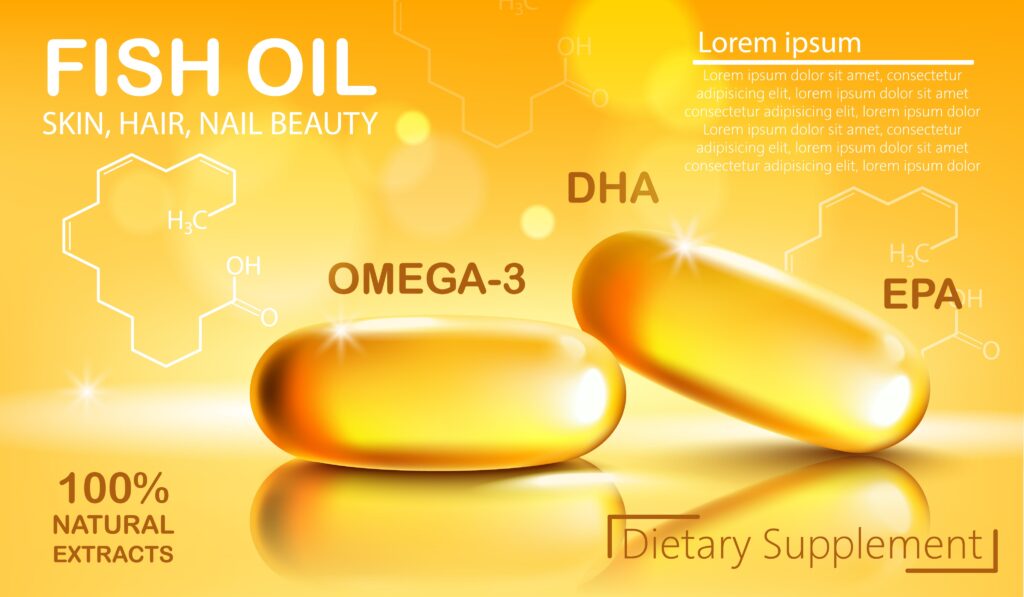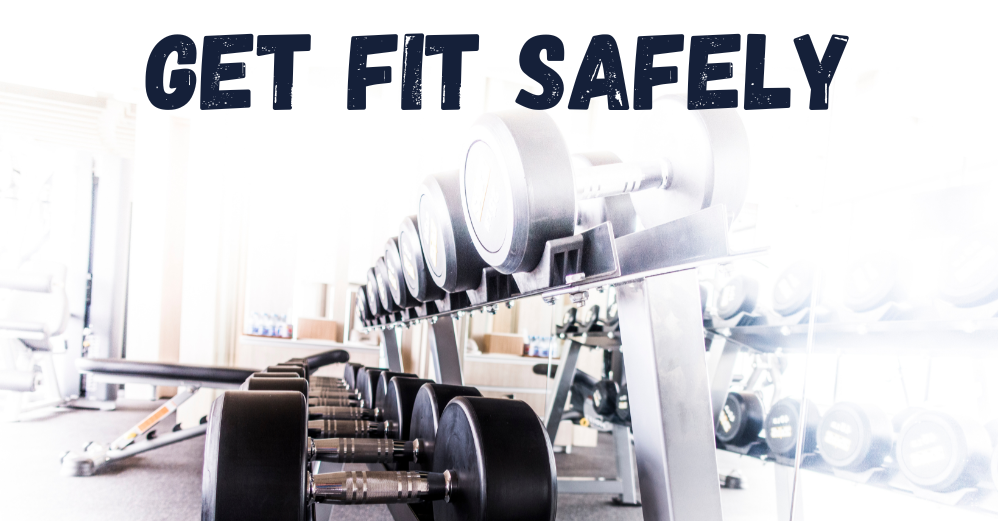You just smashed your workout, and you’re feeling that awesome post-exercise buzz.
Time to refuel, right?
But have you ever wondered what else you could toss into your protein shake to boost your recovery?
Omega-3s might just be the secret weapon you’ve been missing.
I remember trying omega-3s in my shake for the first time.
I’ll admit, I was hesitant—would it mess with the taste?
Surprisingly, it didn’t affect the taste at all—and the benefits were even better than I expected.
I felt more energized, and I noticed I was bouncing back faster after my workouts.
Curious to know how omega-3s can amp up your post-workout routine?
Let’s get into it!
| Question | Quick Answer |
|---|---|
| Why add Omega-3 to your shake? | It boosts recovery and reduces muscle soreness. Plus, it’s good for your heart! |
| What’s the benefit post-workout? | Omega-3 fights inflammation, helping you bounce back faster after a tough session. |
| Does it help with gains? | Yep! It enhances muscle protein synthesis, which means better gains. |
| How much should I add? | A couple of grams is enough to supercharge your shake—don’t go overboard! |
| Why not just eat fish? | You could, but a shake is quicker, easier, and tastier (unless you’re into fish smoothies)! |
What Are Omega-3s?

Omega-3 fatty acids are essential fats our bodies can’t make on their own, so we need to get them from our diet.
There are three main types:
- ALA: Found in plant sources like flaxseeds and chia seeds.
- EPA and DHA: Mostly found in fish and algae.
These fats are crucial for overall health but are especially beneficial for fitness enthusiasts.
Omega-3s play a significant role in reducing inflammation after intense workouts.
Less inflammation means less soreness and faster recovery.
They also support heart health, boost brain function, and can even lift your mood.
Now that’s what I call a multitasker!
| Benefit of omega-3 fatty acids | Description |
| Reduces Inflammation | Helps alleviate muscle soreness after workouts, promoting faster recovery. |
| Enhances Muscle Repair | Supports muscle protein synthesis, aiding in muscle rebuilding and strengthening. |
| Supports Heart Health | Contributes to cardiovascular well-being by improving blood flow and reducing risk factors. |
| Boosts Brain Function | Improves cognitive functions like memory and focus, keeping you sharp in and out of the gym. |
| Elevates Mood | May help reduce symptoms of depression and anxiety, enhancing overall mental well-being. |
| Improves Joint Health | Lubricates joints, potentially reducing pain and increasing mobility during workouts. |
| Enhances Fat Metabolism | Can aid in fat burning, supporting weight management efforts. |
| Supports Eye Health | Important for maintaining good vision and overall eye function. |
How to Get Omega-3s from Your Diet
Getting omega-3s straight from whole foods is the best way to go.
Not only do you get these essential fats, but you also benefit from the other nutrients packed into these foods.
Here’s how you can do it:
Fatty Fish
Fish like salmon, mackerel, sardines, and trout are loaded with EPA and DHA—the types of omega-3s your body thrives on.
- Salmon: Grill it, bake it, or toss it into a salad.
- Mackerel: Great smoked or added to pasta dishes.
- Sardines: Perfect on whole-grain crackers or mixed into a spread.
Plant-Based Sources
If fish isn’t your thing or you’re following a plant-based diet, no worries!
Plenty of foods are rich in ALA, another form of omega-3.
- Flaxseeds: Sprinkle ground flaxseeds into your smoothies or oatmeal.
- Chia Seeds: Add them to yogurt or mix into your shakes.
- Walnuts: A handful makes a great snack or topping for salads.
Fortified Foods
Some everyday items are fortified with omega-3s to give you an extra boost.
- Eggs: Look for omega-3-enriched eggs at the store.
- Milk and Yogurt: Some dairy products come with added omega-3s.
- Plant-Based Milks: Options like soy milk or almond milk often have omega-3s mixed in.
Cooking Oils
Incorporate omega-3-rich oils into your cooking routine.
- Flaxseed Oil: Great for salad dressings and smoothies (not ideal for high-heat cooking).
- Canola Oil: A versatile option suitable for sautéing and baking.
- Hemp Seed Oil: Adds a nutty flavor to dressings and dips.
When Food Isn’t Enough
Even with the best intentions, it’s not always easy to get all the omega-3s you need from food.
Busy schedules, dietary restrictions, or simply not liking certain foods can make it challenging.
That’s when supplements come in handy.
I personally keep omega-3 capsules on standby for those hectic days when cooking a balanced meal isn’t in the cards.
It’s all about finding what works for you without stressing over it.
The Role of Omega-3s in Recovery
Intense workouts put stress on your muscles, causing tiny tears that lead to soreness.
While this process helps build strength, it can slow you down if recovery takes too long.
That’s where omega-3s come into play.
Their anti-inflammatory properties help ease muscle soreness and speed up repair.
Studies show that omega-3s can enhance muscle protein synthesis—the process your body uses to rebuild muscle tissue.
So by adding them to your post-workout shake, you’re giving your muscles the extra support they need to bounce back faster.
Who doesn’t want that?
Timing: When to Add Omega-3s
Timing is everything.
The best moment to add omega-3s to your routine is right after your workout.
Your muscles are hungry for nutrients, making it the perfect time to maximize absorption.
I make it a habit to mix in omega-3s as soon as I’m done exercising.
It feels good knowing I’m giving my body exactly what it needs when it needs it.
How to Add Omega-3s to Your Shake
Worried about the taste?
Don’t be.
Here are some easy ways to include omega-3s without compromising flavor:
- Fish Oil: A teaspoon blends seamlessly into most shakes.
- Flaxseed Oil: Mild in flavor, it’s a great plant-based option.
- Chia Seeds: Adds a nice texture and a nutritional punch.
Pro tip: Blend well and consider adding fruits like bananas or berries to enhance the taste.
Fish Oil Supplements: Before or After Your Workout?
I’ve been down this road myself.
At first, I started taking my omega-3 capsules before hitting the gym, thinking they might give me a little extra cushion for my joints.
Did it turn me into a superhero during my sets?
Not exactly, but I did feel a bit more limber.
Then I switched things up and began taking them after my workouts, right along with my protein shake.
Honestly, I noticed my recovery felt smoother.
Less soreness, more pep in my step the next day.
Here’s the thing: there’s no hard and fast rule.
Some people believe taking omega-3s before exercising helps reduce inflammation right from the get-go.
Others, like me, find that taking them after helps with muscle repair and recovery.
At the end of the day, it’s all about what fits best into your routine.
The most important part is being consistent with your supplements.
Whether you choose before or after your workout, sticking to it is what makes the difference.
Just maybe avoid taking them right before a heavy cardio session—fishy burps and treadmills don’t mix well!
RELATED:>>> Should I take whey protein and BCAAs together for better results?
Conclusion
Adding omega-3s to your post-workout shake could be the boost your routine’s been missing.
They’re easy to include and offer benefits like reduced soreness and faster muscle repair.
Why not give it a try?
Experiment with different sources and see how you feel.
You might just discover your new secret weapon for keeping your muscles in top shape!





